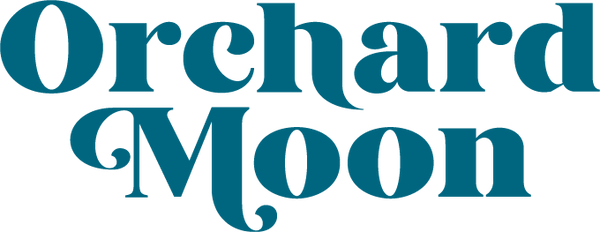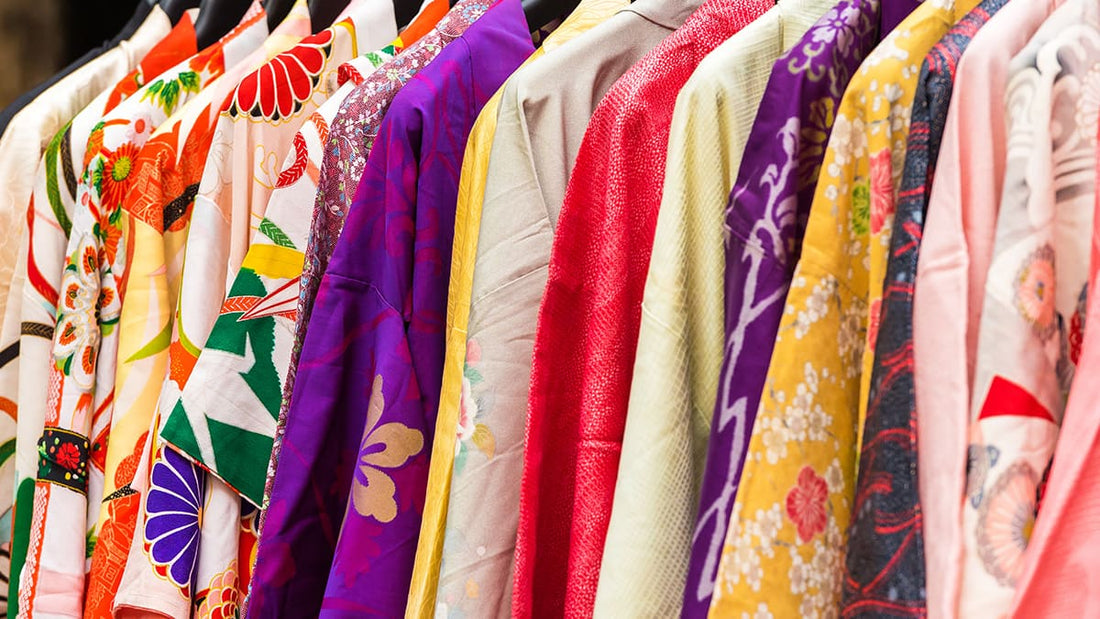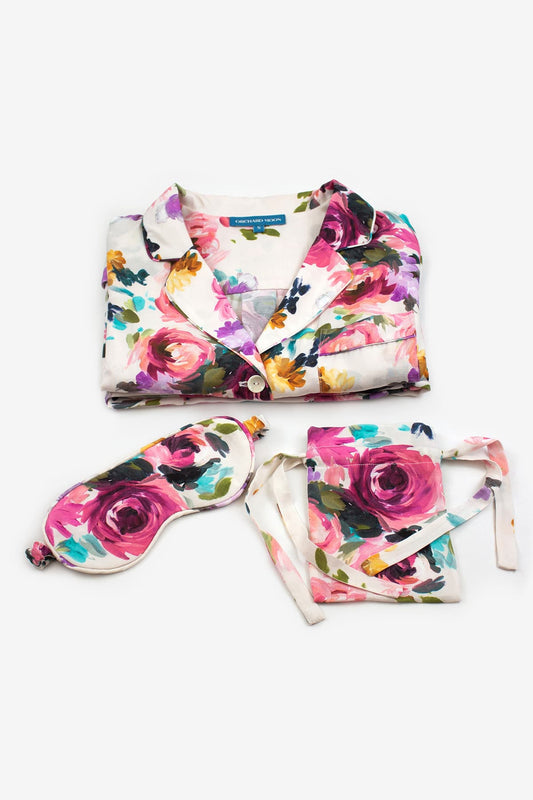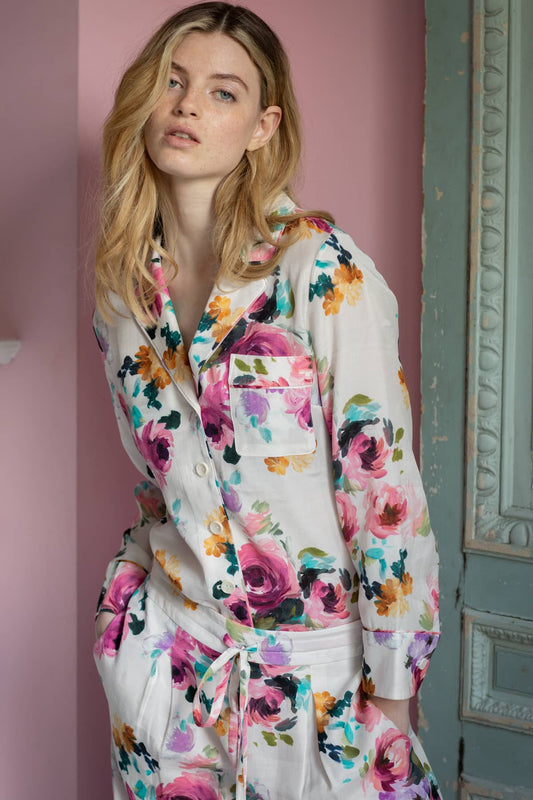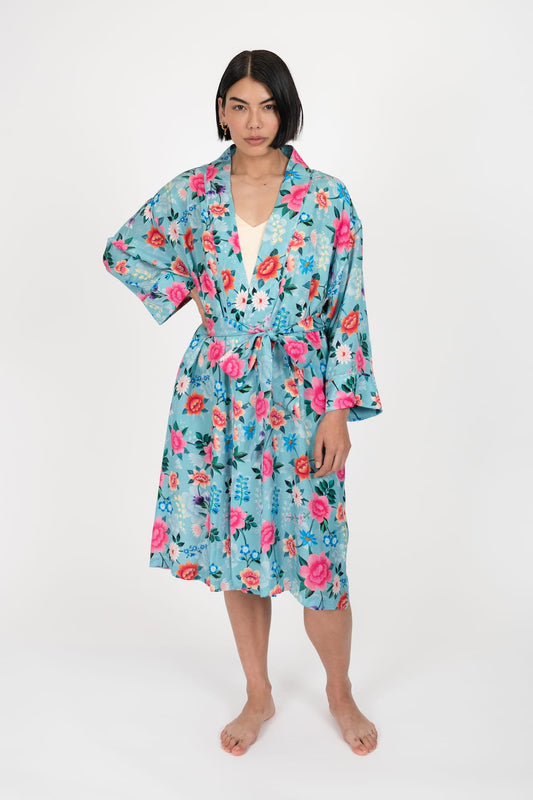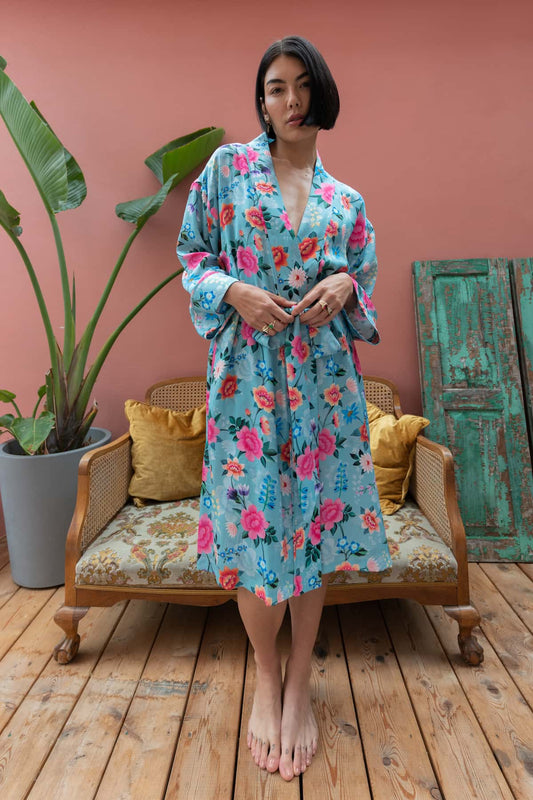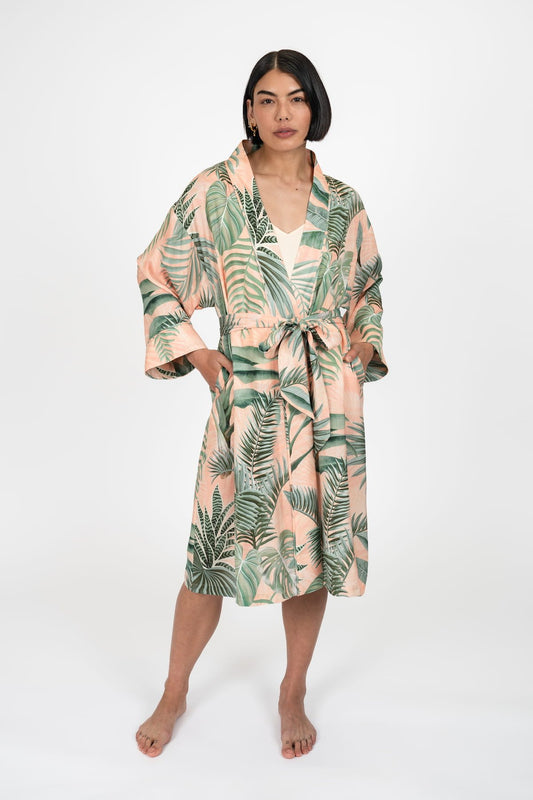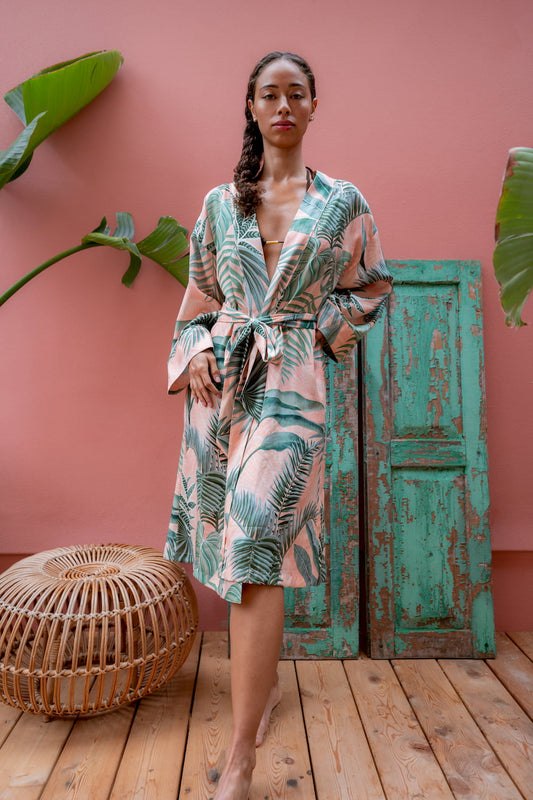Silk, a mainstay of the luxury fashion industry, a fabric so embedded in our culture that it has earned its own adjective, ‘silky’, is synonymous with luxury and elegance. It has a fascinating history, as well as a dark side which many people are not aware of.
The Beginning Of A Great Civilisation
Legend has it that silk fabric was first created in China over 5000 years ago; Empress Xi Ling Shi was drinking tea under a mulberry tree when a silkworm cocoon fell into her cup. The hot liquid softened the cocoon and began to unravel revealing a single shiny strand. The Empress was a budding scientist and studied the fibre to see if it could be turned into fabric. She is credited for inventing ‘sericulture’ the process of farming silkworms to make yarn, and the loom for weaving it into a strong yet fine fabric.
Silk was coveted for its unique lustre and beauty and was luxuriously expensive, afforded only by the wealthiest people. The mysterious process behind the creation of silk fabric was probably the most closely guarded manufacturing secret for over 2000 years and made China into a great civilisation.

But What Are Silk Worms?
But what are silkworms? They are the caterpillars of various species of moths, the most widely used commercially important one being the now domesticated Bombyx mori moth. They are a far cry from their wild cousins which are still used on a much smaller scale and cannot be industrialised.

The B.mori have been bred in captivity for so long that they are totally dependent on humans to survive. They have lost their natural brown camouflage and are completely white. The caterpillars are fed finely chopped mulberry leaves and grow from 3mm to 9cm.
When the fattened caterpillars are ready for their metamorphosis into adult moths they build a cocoon around themselves made of their secretions. This is raw silk filament. Instead of metamorphosis, the vast majority are thrown into vats of boiling water to kill them and soften the cocoon. Some are allowed to hatch to start the process again.
The adult moths that do hatch cannot fly, and their mouths have become so small that they are unable to eat, so shortly after the eggs are laid they die of starvation.

The True Cost Of Silk
Many years ago silk was a suitably luxurious and expensive fabric. Today, it is still both of these things, but the production scale has grown from a cottage industry; only being the reserve of royals and nobles with highly restricted availability, to 91,476 tonnes in 1995 and in 2017 when at least 177,507 tonnes was produced. 90% of commercial production uses the Bombyx mori moth, whose filament is between 300-900 metres long. Billions if not trillions of these caterpillars are killed every year.
So Is Silk Sustainable?
Silk certainly has advantages over synthetic petroleum derived fabrics such as polyester and nylon. It is a natural protein based substance which is degradable. It is absorbent, antiseptic and antibacterial which explains its popularity in underwear and lingerie. It has an attractive lustre and drape which make it desirable for fine clothing and upholstery.
Silk also has some sustainable credentials; in that it uses minimal chemicals and water to produce when compared to other natural materials such as cotton. Many of the discarded silkworms also become street food, fertiliser or fish food. However, it remains an inherently cruel industry with 2,500 silkworms killed to make a single pound of silk.
Bonded labour and child labour are also common in the silk industry. An estimated 350,000 children work in the silk industry in India, at every stage of the process, including working with boiling water which is painful and peels off layers of skin creating permanent scars.
Is There A Vegan Alternative To Silk?
We strongly believe that treating all animals and humans with respect is a cornerstone of sustainability. This is why here at Orchard Moon, our luxury loungewear and nightwear will never contain silk.
There are a handful of vegan options which mimic the qualities of silk with varying success. Some are more sustainable, some are less so. We’ve done extensive research to find what we think are the most sustainable, vegan alternatives which still emulate all the desirable qualities of silk.
Here at Orchard Moon we will only ever use cruelty free plant-based materials to produce our collections, so you can be completely confident of the sustainability credentials when you buy from us.
Sources:
silkroaddigressions.com/2017/09/26/feeble-silkworms-and-flightless-moths
www.newworldencyclopedia.org/entry/Silk
www.peta.org/blog/is-silk-vegan/
www.hrw.org/report/2003/01/22/small-change/bonded-child-labor-indias-silk-industry
